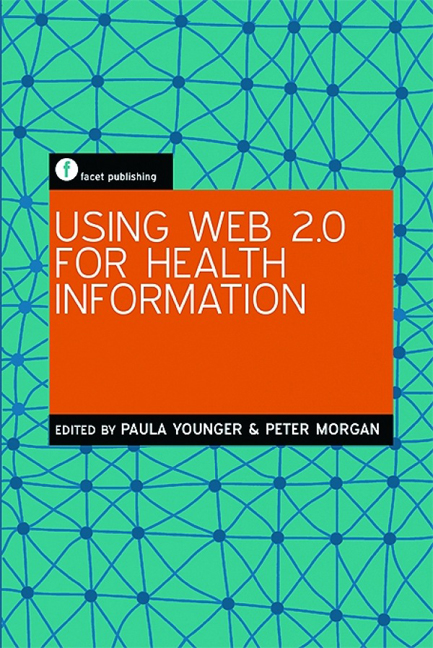Introduction
Published online by Cambridge University Press: 08 June 2018
Summary
Since the internet first became widely available in the mid 1990s, it has established itself as the major source of information worldwide in many areas, including on some aspects of healthcare.
What has come to be occasionally termed, at least retrospectively, as Web 1.0 was the first incarnation of the internet. It was mainly text-based and very didactic, and subject experts were the only ones who made information available. A high level of technical skills was required to compose web pages, and access to the internet was only available from a limited number of wired connections and often very expensive.
The world in which we live now is very different. Anyone with a mobile device and a mobile internet connection can access the world wide web at any time. Content is more flexible and personalized, and no special skills are required to create a very effective wiki or blog, beyond a basic ability with ICT applications such as word processing.
Since it was first coined at the end of the 1990s, the term Web 2.0 has come, in certain circles, to provide a convenient umbrella term for a much more interactive and collaborative evolution of the internet.
In healthcare, Web 2.0 applications are just beginning to come into their own as a potential way to improve and maintain education and healthcare information in a wide range of situations, for caregivers and consumers alike. This book concentrates on the provision of healthcare to humans, and the theme of supporting clinical practice underpins many of the contributions.
The book is not intended as a manual, but rather as a snapshot overview of how some health organizations and professionals are using what are sometimes currently termed Web 2.0 applications and methods of working.
After an introductory overview to Web 2.0 and healthcare information, Part 2 of the book looks at some of the longer-range implications for the development of healthcare information. The investigations here incorporate case studies to illustrate the effective use and implementation of Web 2.0 applications. These range from wikis and blogs to RSS feeds and Twitter.
Part 3 includes case studies from a very practical point of view in a range of environments, and Part 4 aims to look into the future, where the Semantic Web, or Web 3.0, is already apparent as the next development of the internet.
- Type
- Chapter
- Information
- Using Web 2.0 for Health Information , pp. xxv - xxviPublisher: FacetPrint publication year: 2011



